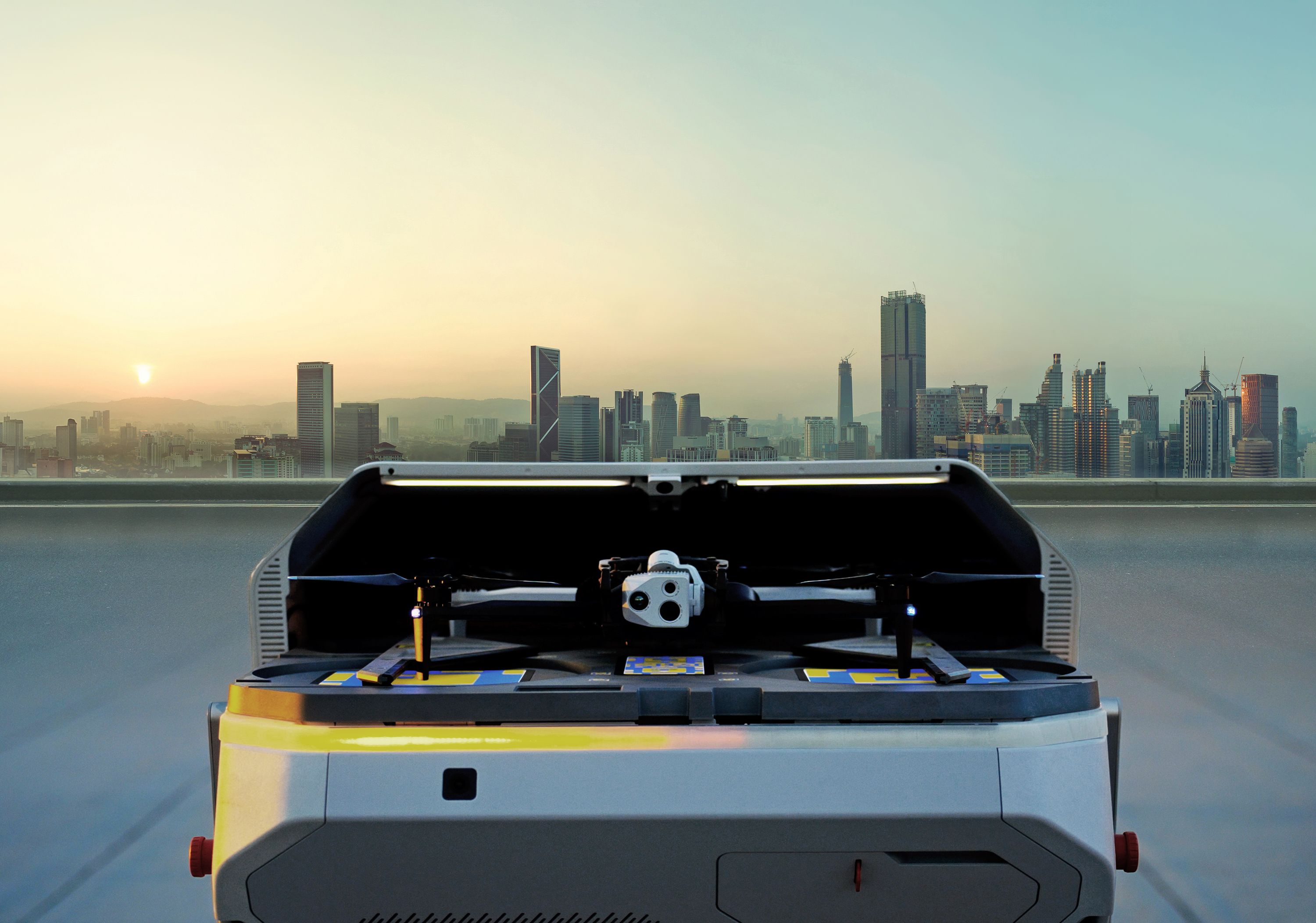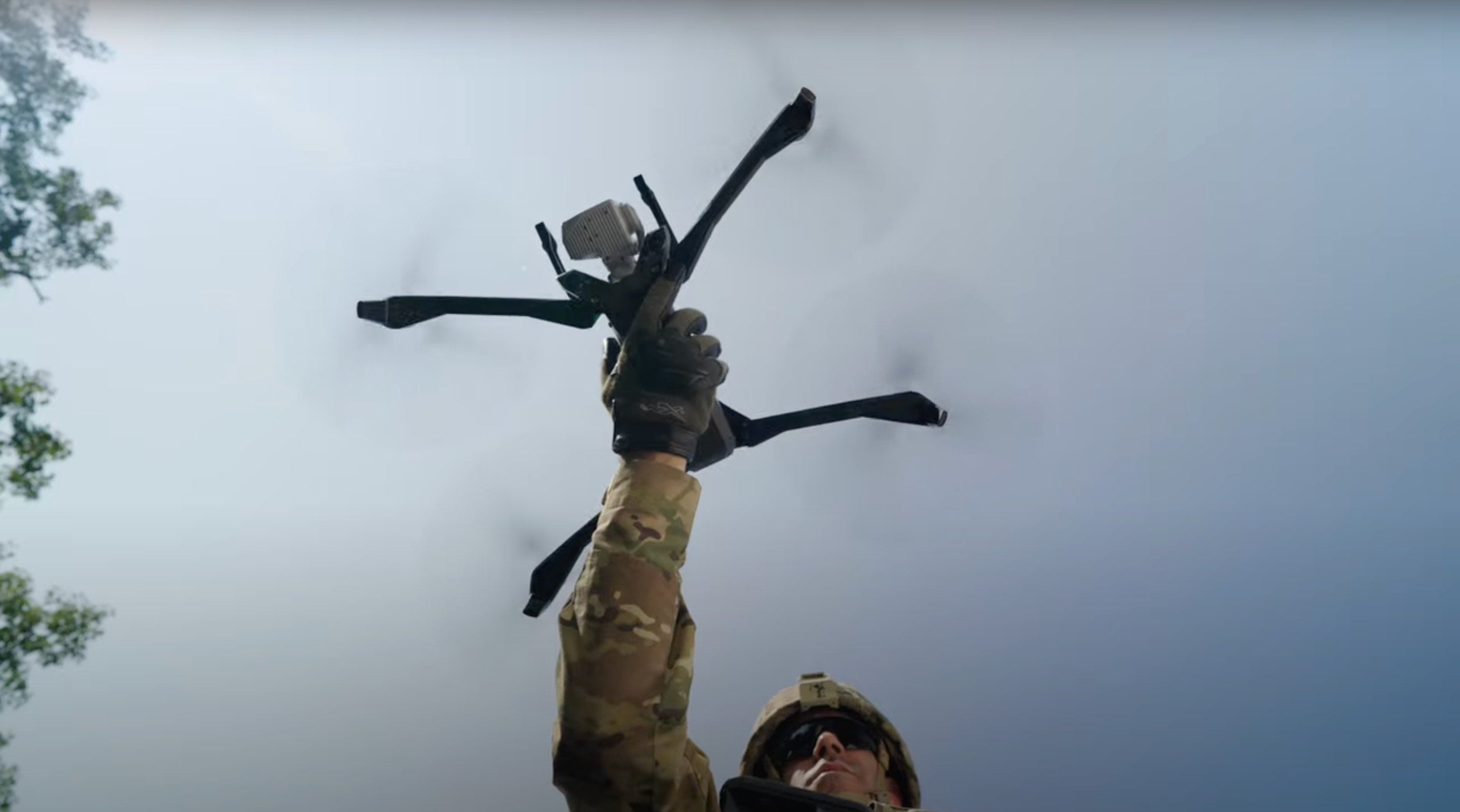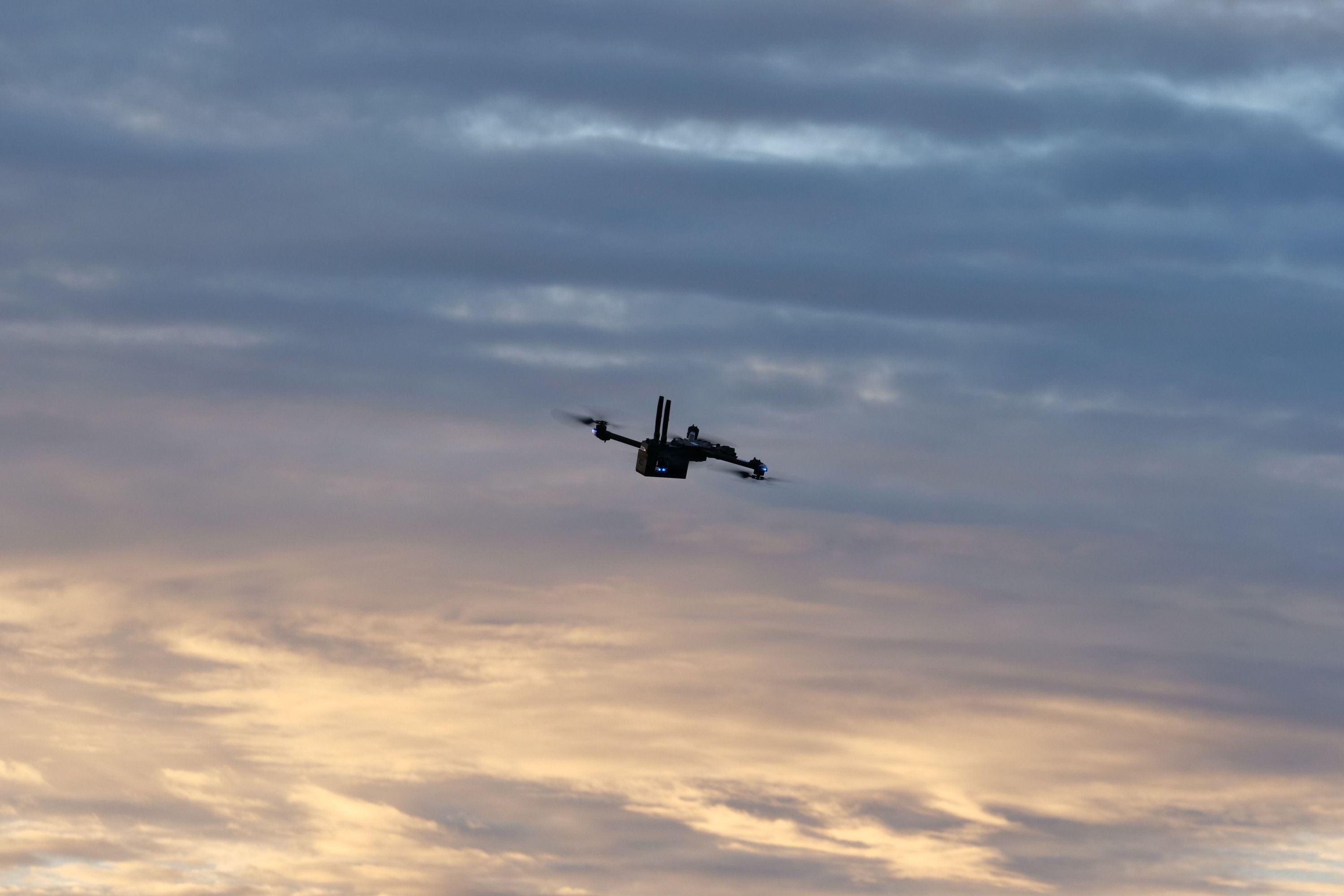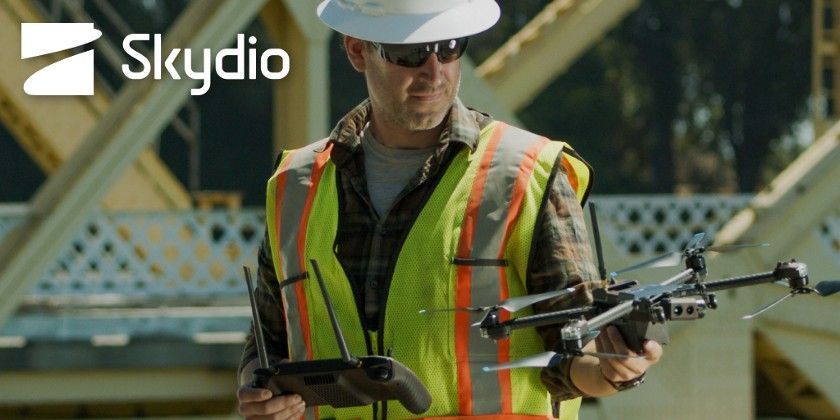Skydio 2 In Action. First Responder Deployments Show the Power of Autonomous Drones
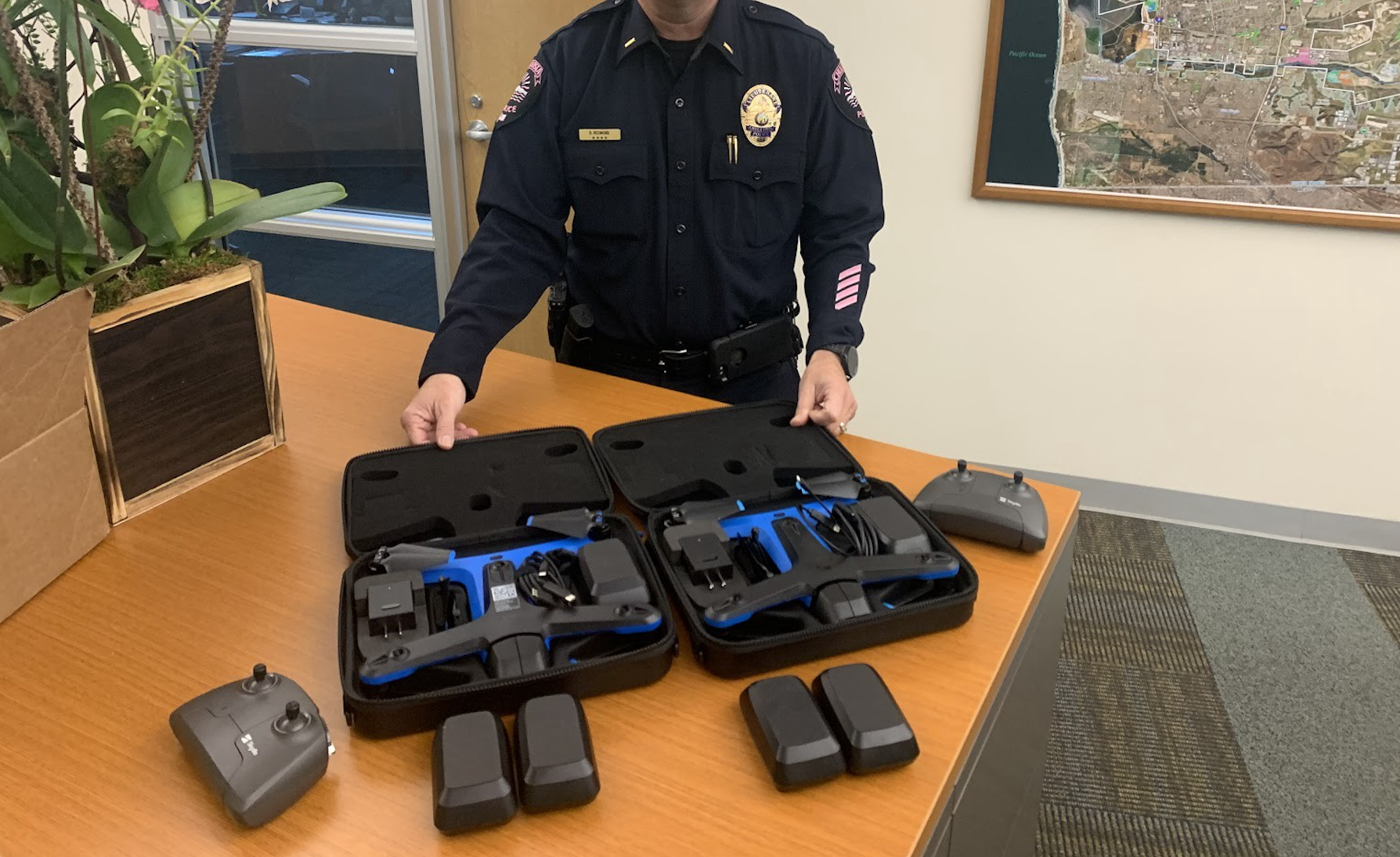
This blog is co-authored with Fritz Reber, Skydio’s Head of Public Safety Integration. Fritz is a former Captain of the Chula Vista Police Department, where he served as UAS Commander and developed the agency’s internationally recognized Drone-as-First-Responder (DFR) program in partnership with the FAA’s San Diego Drone Integration Pilot Program (IPP).
We’ve talked about our excitement at the ways first responders will take advantage of Skydio X2, Skydio Autonomy, and our solutions for Situational Awareness. Similarly, we have celebrated major advancements in the field of public safety drones: Chula Vista’s Close Proximity, Low Altitude Waiver, the FAA’s nation-wide waiver that grew out of that, and DRONERESPONDERS’ 5 C’s for The Ethical use of Drones in Public Safety. Now, let us expand on the ways that first responders are realizing the value of Skydio Autonomy in their live operations. From search and rescue, to evidence gathering, to tactical missions, Skydio pilots are helping save lives, time, and taxpayer dollars.
Search and rescue in places no other drone can go

While using drones on search and rescue missions is becoming an ever more common practice, Skydio pilots are able to search more areas with their drones because they can search at low altitudes as well as from high above. Every Skydio drone comes equipped with Skydio Autonomy, which lets pilots fly near and around obstacles with more confidence than any other drone. That means that in addition to all of the other missions pilots are using drones for today, Skydio pilots can perform missions in previously inaccessible, low-altitude environments. In the following examples, our pilots fly confidently below the tree line, enhancing the safety of their operations without jeopardizing their drone.
Burlington Police (MA) used the Skydio 2 to fly below the tree canopy to search for a man lost in the woods. The use of a larger platform, which must fly above the tree-line, is typical in these cases, but obviously much of the area on the ground would be invisible from above. Having a second drone that can fly safely amongst obstacles in a layered approach during a search and rescue mission is proving to be SOP for many agencies.
Huntington Beach Police (CA) had a report of a potential medical emergency in a remote area difficult and dangerous to access by foot. Their pilot used the Skydio 2 to fly down low (amongst and below trees and other obstacles) to locate the individual. Once they could clearly see the person, they determined that he appeared in good health and in no need of assistance, saving time and reducing risk of injury or exposure to first responders.
Weber County Search and Rescue (UT) used the Skydio 2 to provide situational awareness and overwatch for a rescue team retrieving an injured hiker with a broken femur. They streamed the mission through Apple TV to the Incident Commander. The pilot said “Skydio 2 was perfect for this mission as I didn’t have to worry about trees or hitting anything as I followed the extraction out of the canyon.”
Documenting critical evidence without the hassle of extensive equipment

Gathering evidence is a thankless and arduous process, but it’s vital for making sure that good police work results in good outcomes in the justice system. Skydio agencies have enjoyed the quick deployment and ease of flying their Skydio drones to gather required evidence after incidents with limited societal disruption or need for expensive equipment. Because Skydio drones are trustworthy in crowded environments, evidence capture can be performed without shutting down a road or large perimeter, or having to use LiDAR or wait for a trained pilot to show up. Many police technologies, such as TASERS, start in the hands of senior or specialized officers until they are made simple enough for any officer to operate — Skydio Autonomy is the breakthrough that makes drones a useful tool for any first responder.
The city of Dunn PD (NC) used the Skydio 2 to locate evidence in a violent crime. A suspect stabbed a young child and ran off, discarding the knife along the way. The officers searched the ground without success and determined the suspect must have thrown the knife on nearby roof tops. Rather than call for a fire truck to provide a ladder, which would have taken significant resources and time, the pilot flew the Skydio 2 close to the surface across several roof tops, looking carefully for the bloody knife. The knife was found several roof-tops away. The drone’s ability to fly worry-free low to the rooftop meant that the pilot could see the knife clearly under an overhang in an area that may have been overlooked in a traditional search.
The Wyoming State Highway Patrol used the Skydio 2 to collect vehicle collision evidence: “We had a one vehicle rollover several hundred feet in length along a sweeping curve with no straight baseline from which to take measurements. Normally expecting to be on scene and dodging traffic for 40 minutes using a roll-a-wheel to build a scale diagram is nothing new for us. Sending the Skydio 2 up took all of 10 minutes, and gathering the accurate scale photos we needed was so simple it’ll be a game changer compared to our standard measurement process. The time saved, accuracy of measurements, reduction in traffic control, and much greater safety by keeping troopers off the highway is incredible. I was so accustomed to the lengthy measurement gathering aspect of the investigation it really felt like cheating using the Skydio.”
Defusing and de-escalating hostile environments
Drones are also helping make the commonly dangerous solutions a little bit less so. From explosive ordnance disposal to making live arrests, the Skydio 2 is able to keep both officers and civilians safer. In these real-time situations, the cognitive load on all first responders is immense — the last thing a pilot needs is the stress of a collision into a bystander or explosive device. High-stress situations are when autonomous drones have the potential to add the most value, but manual drones are too risky to fly for officers potentially in harm’s way to use them. Skydio Autonomy makes the drone useful in this situation by taking the burden of avoiding crashes off of the pilot.
Skydio 2 helps improve tactical operations before officers even find themselves in complex situations. The Antioch PD’s (CA) drone team, uses Skydio 2 to provide video training reviews of their Motors, K9’s, SWAT, and vehicle teams. They film and then make the video available for the officers and handlers to review and critique what they are doing. Sgt Smith uses the Skydio 2’s Cinematic Skills to provide up-close tracking video of training sessions so officers can assess their own performance in detail. The result is a better trained police force, without having to set up an expensive academy with catwalks for aerial views of training.
The Riverside County Sheriff’s Bomb Squad (CA) uses the Skydio 2 to investigate suspicious packages and items up close. The obstacle avoidance capability allows them to quickly deploy the drone and fly directly and safely to the area of interest. The risk of hitting the object is minimal as the drone safely inspects it without requiring expert-level pilot skill. Additionally they’ve utilized the Skydio 2 to navigate a path for their ground-based robot as it approaches the target.
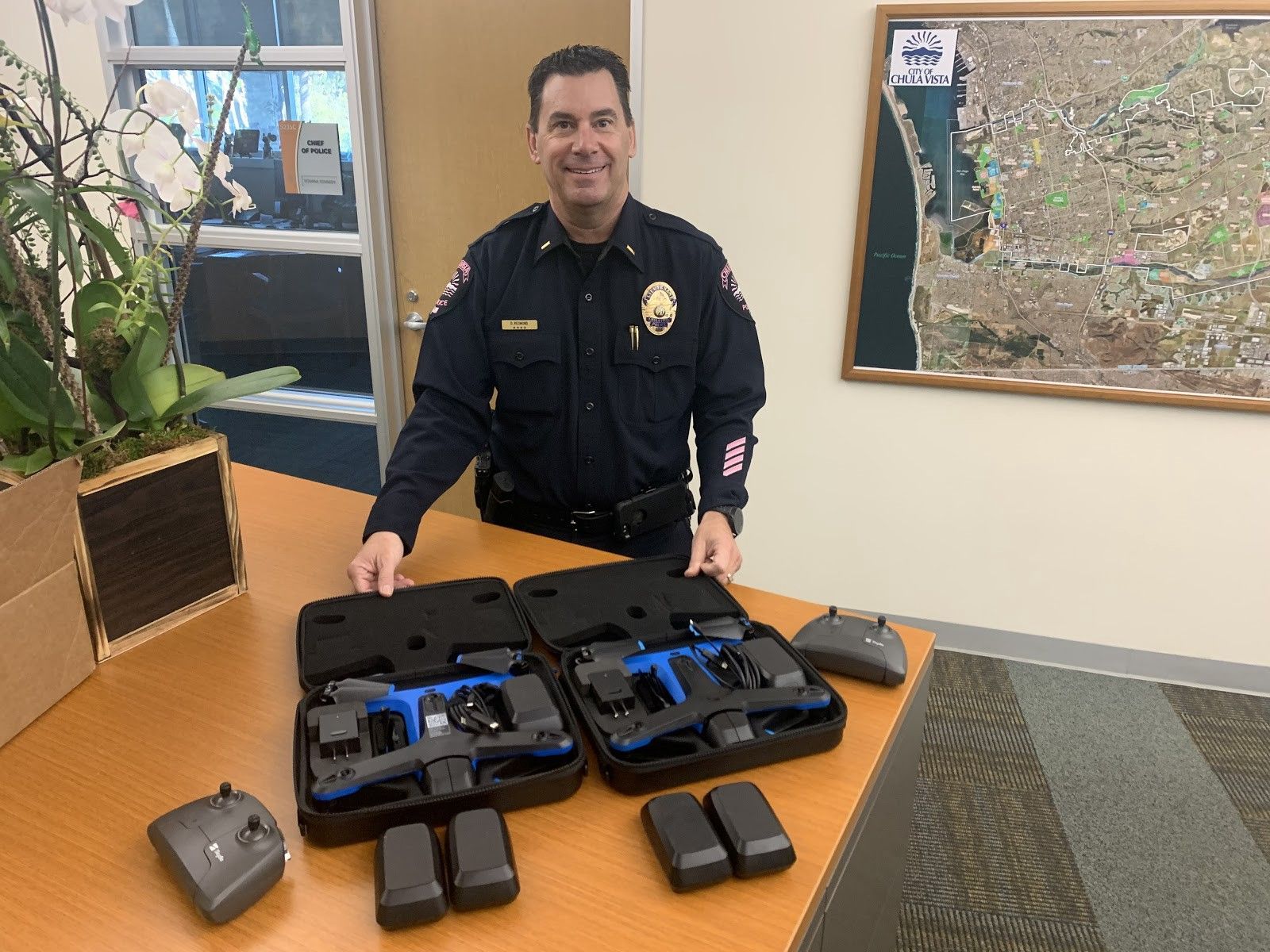
Chula Vista Police (CA) has many success stories using the Skydio 2 in daily operations. They were the first agency to deploy them and continue to find ways to layer them into a diverse fleet that includes larger platforms operating within their Drone as First Responder (DFR) Operations. A few examples include using the Skydio 2 to get a visual on several juveniles in a park, one possibly armed with a handgun. The officer pilot, flying a Skydio 2, was able to locate the juveniles and follow them as they ran from approaching officers. The pilot kept the main suspect in view and guided officers in safely, who made the contact and arrest without incident.
Another example involved the search for a robbery suspect who fled on a bike. The pilot was able locate the suspect who was on a remote bike path and keep him in view as officers approached. This allowed real time intelligence of the suspect’s actions that could impact arresting officer tactics. Both occasions were in challenging environments under time sensitive conditions, so having a drone that allowed the pilot to continually focus on the data feed and fly rapidly and confidently from one location to another was critical. First responders have many tasks during these scenarios, such as ensuring their own safety, communicating with other officers, and flying the drone, all while thinking tactically as part of a team. Having a drone with Skydio’s Autonomy Engine, that does much of the work to keep itself safe and in service, is invaluable.
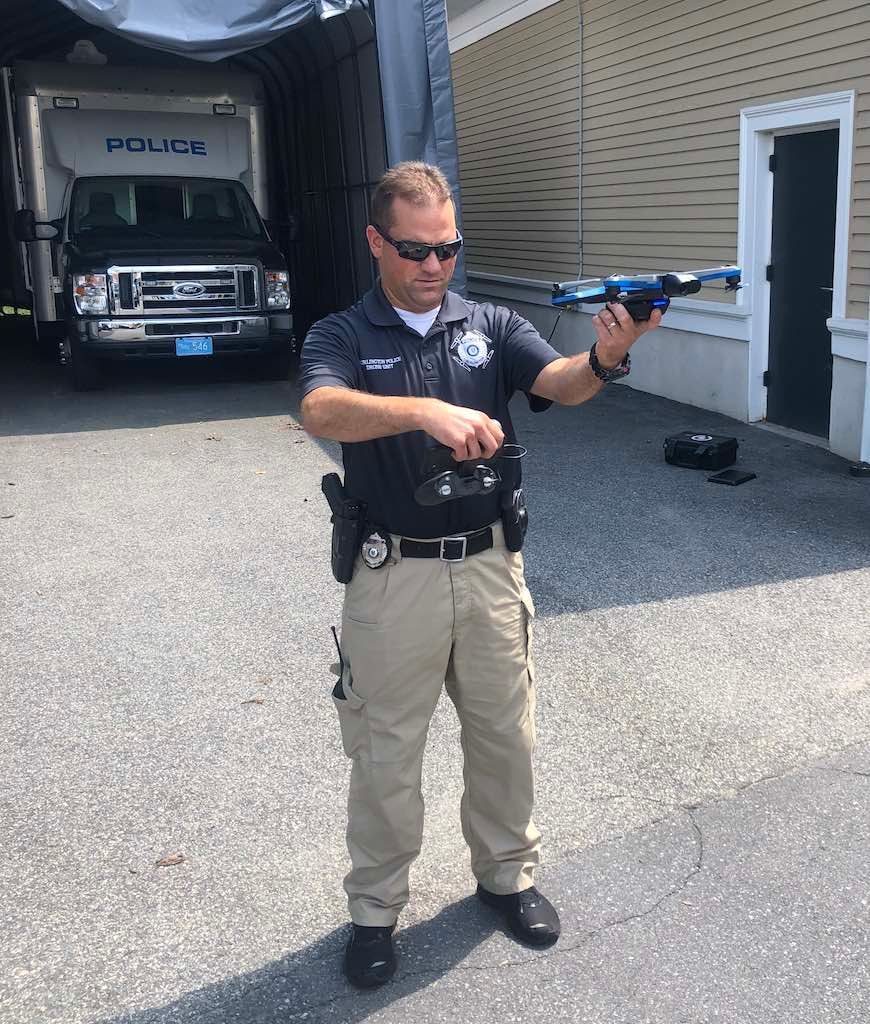
Finally, Burlington PD (MA) had recent success with the Skydio 2 on a SWAT mission that required obstacle avoidance to get the job done. Below is an excerpt from an after action report by the UAS Team Manager, written to the Deputy Chief:
The [Skydio 2] was instrumental in bringing about a safe and successful resolution to a 5 1/2 hour barricaded gunman call. The drone and operator [Officer Sage Costa] were impressive, to say the least. Sage used the drone to locate the suspects in the house through the windows and provided us with real time visuals of their locations. The suspects saw the drone and were aware we located them. Shortly thereafter they surrendered. We were up against multiple long guns in the house including an AR rifle. As such, our distance and cover created problems. The ability to get that close with the drone was a game changer.
On another note, another agency with a highly touted drone unit was called on earlier in the incident to bring in their drone team. They were ineffective based on the fact that they could not navigate through the obstacles around the house to get close enough to the windows. They were unwilling to risk the drone for the incident. Nor were they capable of maneuvering it into position outside the windows, by their own admission.
When Sage arrived, he was set up and operational within 5 minutes and provided the visuals we needed within 15 minutes time. During our debrief, Sage’s ability and skill with the drone were acknowledged as a major factor in the positive outcome.
Autonomous security drones “must haves” for first responders
Every day, we learn of more examples of Skydio 2 making a difference for first responder teams across the country. The Skydio 2 autonomy features and obstacle avoidance capabilities have proven to be such a valuable asset that first responders are continually finding new ways to put S2 to work. None of the deployment stories listed in this blog will surprise pilots from Skydio agencies, and that’s frankly the point — Skydio Autonomy makes drones so easy to use that they have evolved from niche devices for specialized missions into must-have tools across a wide range of situations, from the routine to the extraordinary.
How can Skydio Autonomy improve your operations? We are excited to work with you to find ways that autonomy can start contributing to your operations. Please do not hesitate to contact us.
